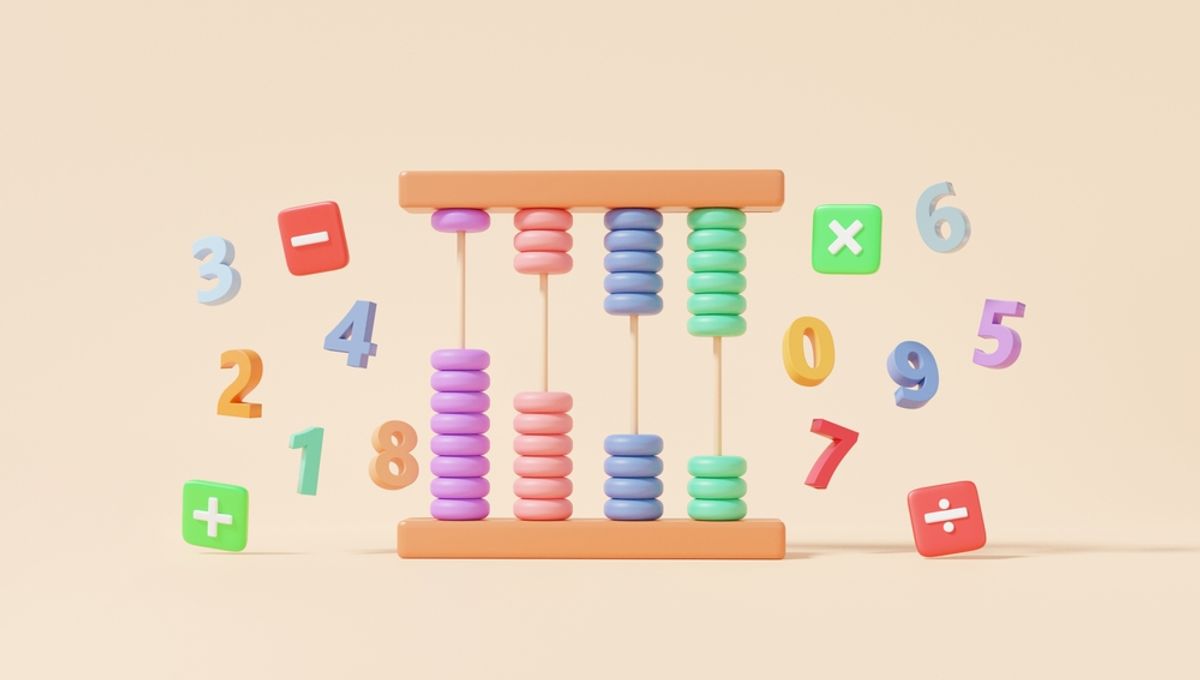
There are some numbers that are just a bit special. Pi, for example. 42. Zero. And of course, 13,532,385,396,179.
What’s that? You’ve not heard of the special qualities of the number thirteen trillion, five hundred and thirty-two billion, three hundred and eighty-five million, three hundred and ninety-six thousand, one hundred seventy-nine? It may look randomly chosen, but in fact, this number is extremely important: it disproves an open problem regarding the fundamental building blocks of numbers themselves.
“It’s the idea of climbing to a prime,” explained Tony Padilla, Professor of Physics at the University of Nottingham, in a 2017 Numberphile video. “So, if I take any number, so for example, 60, say, then what I do is I write down the prime factorization of this number. So in the case of 60, that’s two squared times three times five.
“Now what I do is […] all those powers, I bring them down,” he continued. “So I write this as two-two-three-five (2,235).”
Repeating the procedure again, Padilla demonstrated, yields the number 35,149 – a prime. And according to the somewhat legendary mathematician John Horton Conway – he of the Game of Life (and about a million other things too) – that’s the case for any number at all.
“The conjecture, in which I seem to be the only believer, is that every number eventually climbs to a prime,” the veteran puzzler once wrote. “The number 20 has not been verified to do so. Observe that 20 → 225 → 3252 → 223271 → …, eventually getting to more than one hundred digits without yet reaching a prime!”
Nevertheless, Conway was so convinced by the conjecture that he issued a challenge: prove it wrong – or right – and he would personally pay you $1,000.
It must have been bittersweet, then, when he learned in 2017 that somebody had indeed found a counterexample: the very same number we met at the top of the article.
While the number itself is unwieldly, the proof that it never “climbs to a prime” is pretty simple. This number, it turns out, climbs into a loop. That’s because it has a very special and peculiar property: when you perform the first step in the climbing process – writing the number as a product of its prime factors – you end up just repeating yourself.
“[13,532,385,396,179] happens to be 13 times 53 squared times 3853 times 96179,” Padilla explained. “[That] is the prime factorization.”
Drop all the powers, as in the climbing process, and you immediately get the original number back again – the number never changes. And it’s certainly not prime – the very fact that it can be factorized proves that. So, immediately, the number is a counterexample to Conway’s conjecture.
And the strangest part of all of this? The discoverer of this number wasn’t, as far as we know, a professional. He was just some guy who enjoyed playing with numbers, and saw a blog post one day about a fun problem set by a famous mathematician.
“[It’s] a guy called James Davis,” Padilla told Numberphile. “He’s not a mathematician as far as we understand.”
“We’re not really sure who he is,” he said. But “I think [Conway] owes this guy James Davis $1,000.”
Source Link: What's So Special About The Number 13,532,385,396,179?